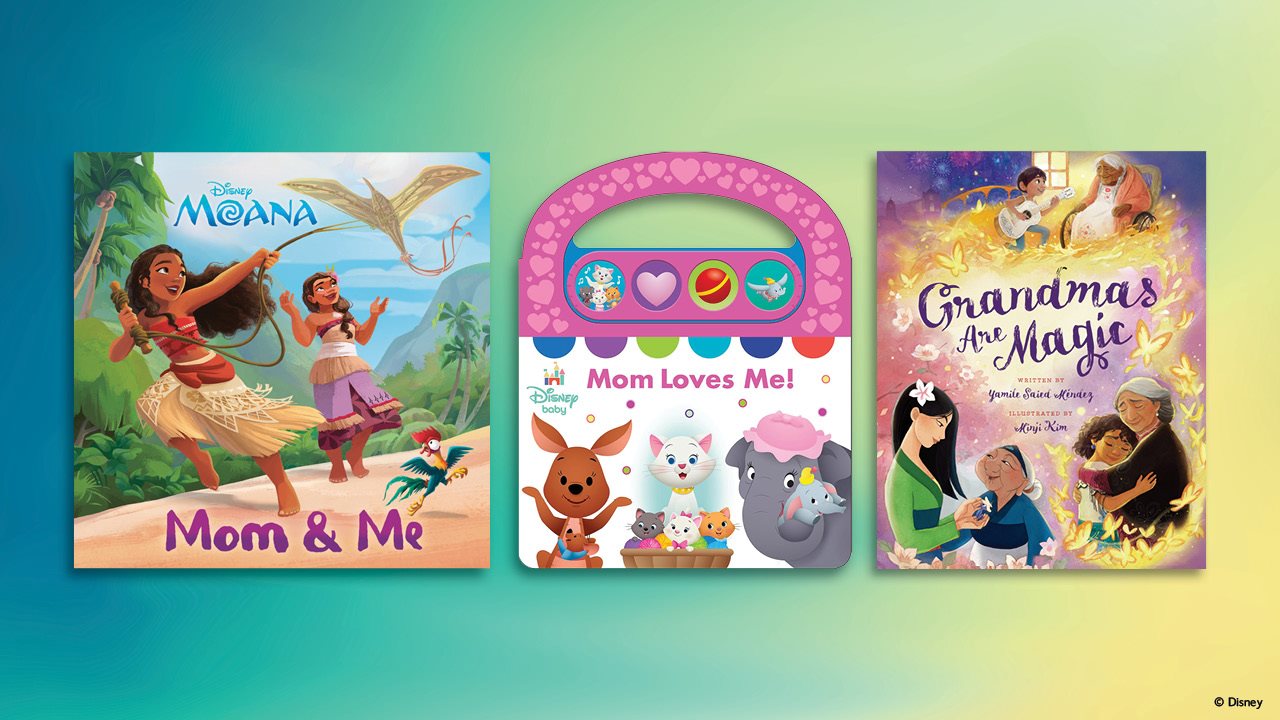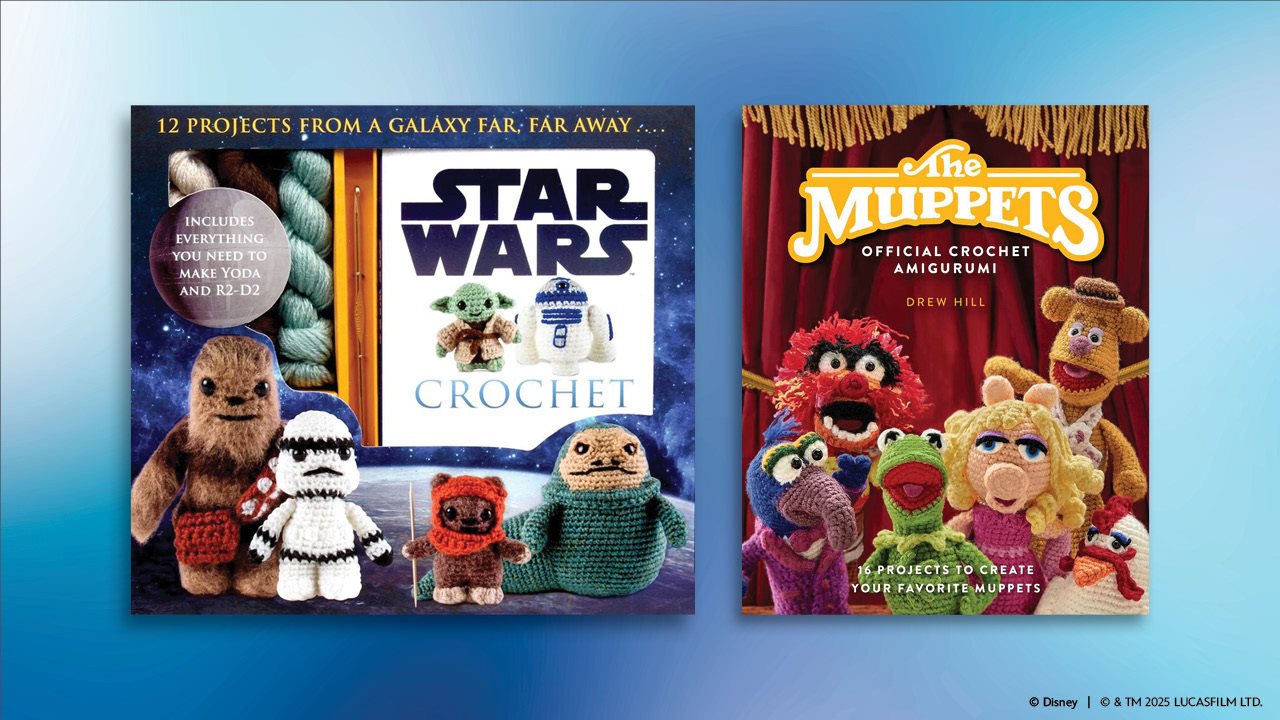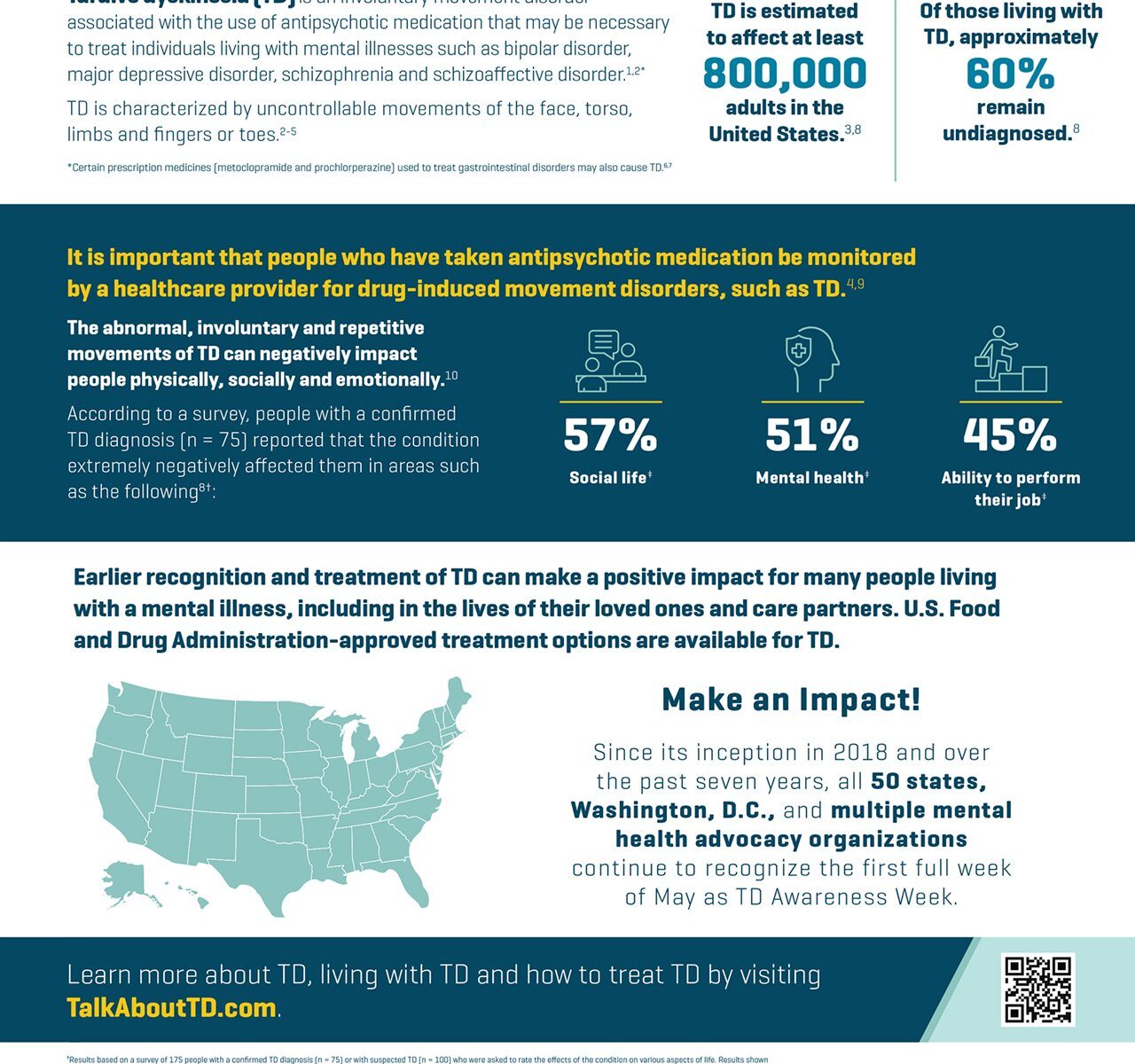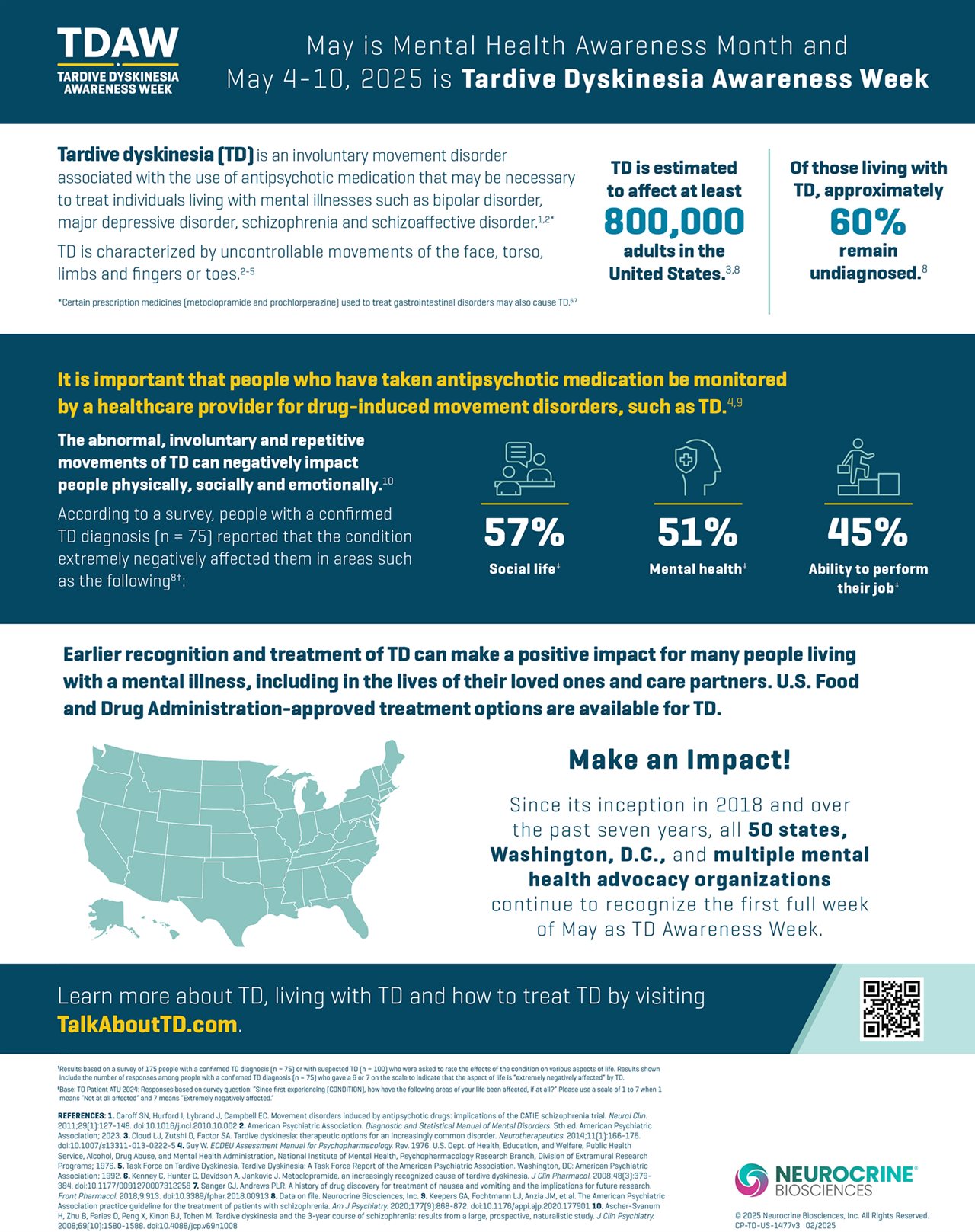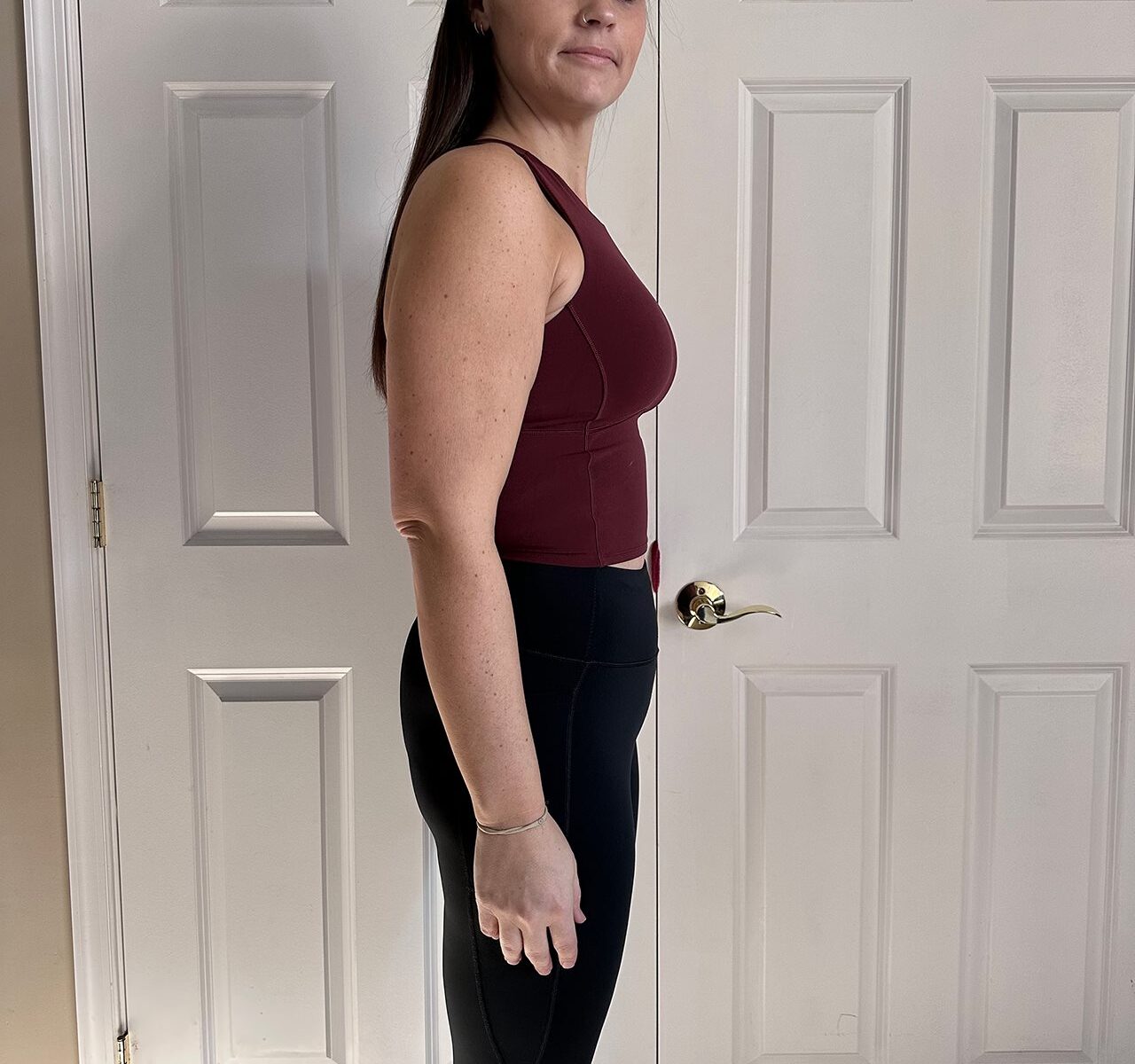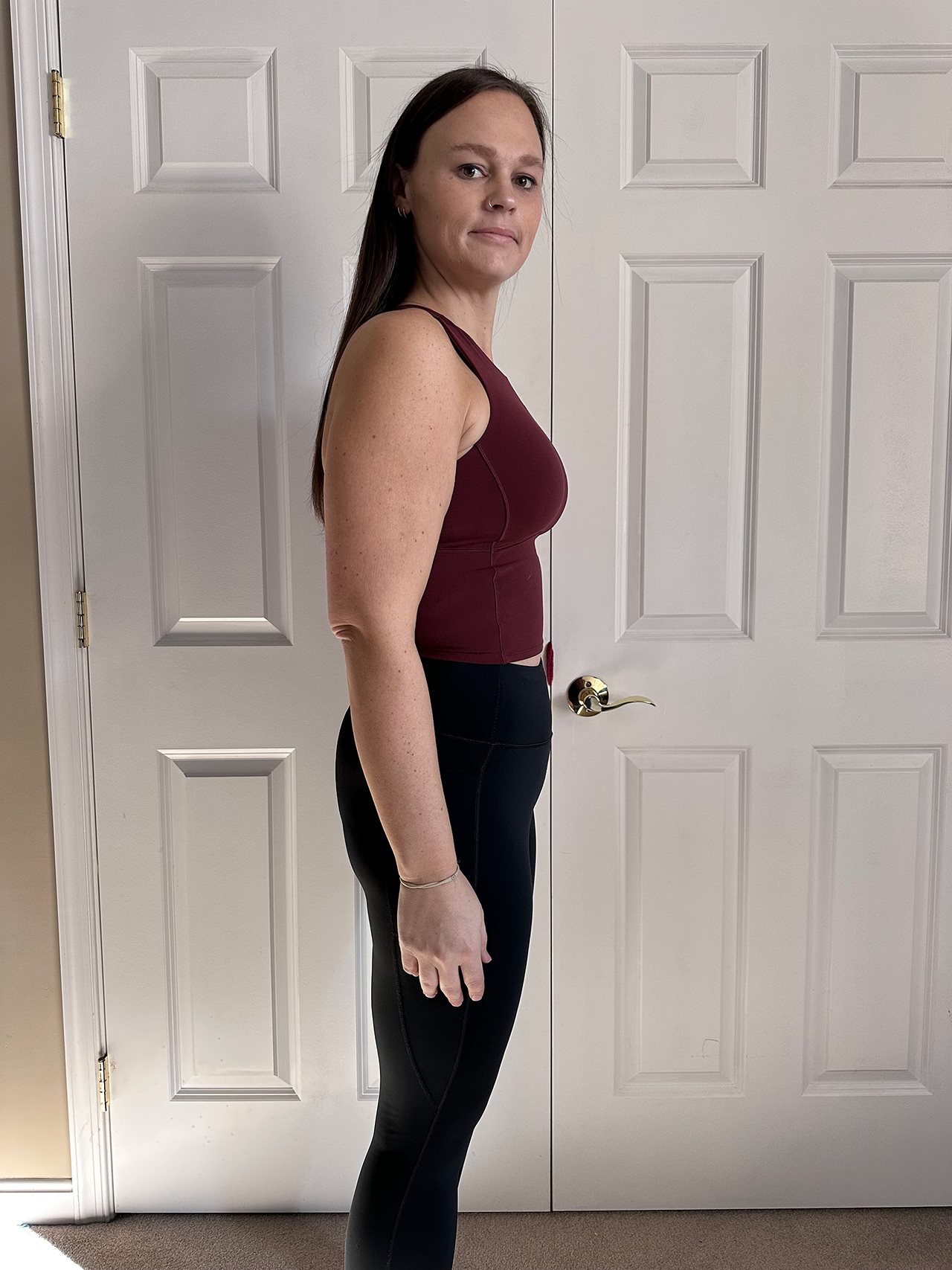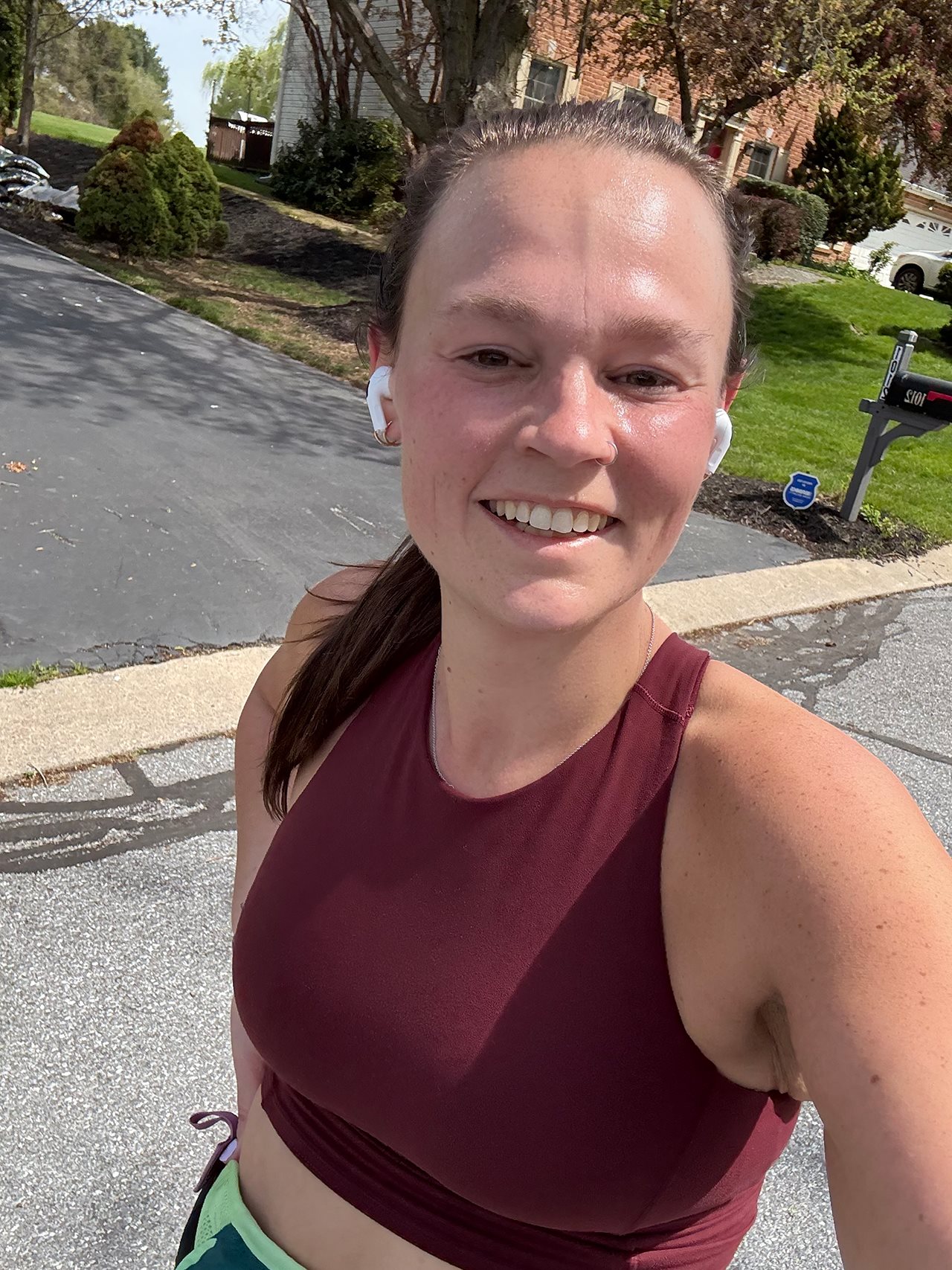2025-04-28T09:01:00
(BPT) – With real-world courses, AI-driven support and flexible design, DeVry University’s new platform empowers learners to upskill for what’s next
The workplace is evolving fast. From AI and automation to shifting business needs, professionals today face constant pressure to adapt. Employers are seeking talent with not only technical know-how but also the agility to learn, unlearn and relearn throughout their careers.
Recognizing this shift, DeVry University launched DeVryPro, an AI-powered online learning platform built to help today’s workforce meet tomorrow’s demands. Designed for professionals and built in partnership with industry leaders, DeVryPro offers practical, self-paced courses that make lifelong learning both accessible and actionable.
“Technology is not only shaping industries, but it’s also reshaping expectations,” said Dr. Shantanu Bose, provost and chief academic officer at DeVry University. “Professionals need learning solutions that are dynamic, career-relevant and designed to help them grow with the world around them. That’s exactly what DeVryPro delivers.”
A clear demand for skill development
According to DeVry University’s 2024 report, Closing the Gap: Upskilling and Reskilling in an AI Era, many are eager to build new skills but don’t always have the tools or time to do so. The report found:
- Two-thirds of workers (67%) are open to alternative credentials to advance their careers
- 42% of employers admit they’re unsure how to train employees on AI-related skills
- Only about half of eligible employees (55%) participate in upskilling programs when offered
This growing gap between the desire to learn and access to learning has sparked renewed interest in flexible, independent, career-aligned education.
Enter DeVryPro: Designed for today’s learners
DeVryPro was created to help close the skills gap. Whether someone is looking to deepen their expertise, shift careers or keep pace with emerging technologies, DeVryPro helps them do it on their own terms.
Key features include:
AI learning coaches: Real-time assistants that offer personalized support, answer questions and prompt deeper thinking to help learners stay engaged and build confidence as they progress
Essential disciplines: Each course reflects real-world challenges and delivers skills professionals can apply immediately
Digital credentials: Learners earn a certificate of completion, including a digital badge to verify and showcase new skills
Flexible format: Courses are 100% online and self-paced, with access for a full year after enrollment
Goal-oriented paths: Progress tracking and milestone tools help learners stay motivated and focused on their goals
“We see a growing need to rethink aging learning models that prioritize institutional schedules over individual needs,” said Richard Korczyk, chief experience officer at DeVry University. “DeVryPro is designed for the pace of real life. It’s tech-forward and built to support the personal and professional growth that modern learners are seeking — without the added stress of navigating rigid timelines or competing obligations.
Built with industry, backed by insight
DeVryPro’s curriculum doesn’t just keep up — it looks ahead. Developed in collaboration with industry leaders, the platform includes courses in high-impact areas like artificial intelligence, data analytics and leadership development, with updates added regularly based on market shifts. This intentional design helps learners not only understand the material but apply it in their roles, teams and industries.
Moreover, it offers custom training solutions for organizations, allowing employers to upskill their workforce with curated programs aligned to business goals. This dual impact — on individuals and the organizations they serve — makes DeVryPro a compelling tool for workforce development in a digital-first economy.
Supporting the future of work
From business to technology, this innovative platform offers a forward-looking path to meaningful skill development. Its focus on flexibility, recognition and real-world relevance reflects the university’s broader mission: to equip learners with the tools they need to grow, contribute and lead in a changing world.
“At its core, DeVryPro is about unlocking potential,” added Korczyk. “It helps learners build not just skills but momentum.”
To explore what is possible, visit DeVryPro.





